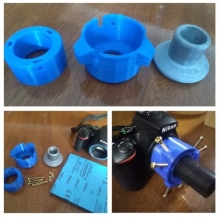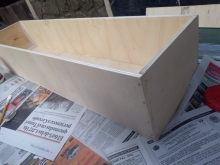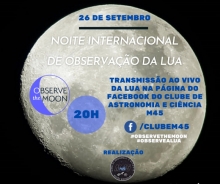Robert Hollow
In a post for the 2103 GAM Blog I described a new telescope, the Australian Square Kilometre Array Pathfinder (ASKAP), located at the Murchison Radio-astronomy Observatory (MRO) in outback Western Australia. Operated by Australia's CSIRO Astronomy and Space Science, ASKAP is one of the precursor telescopes for the Square Kilometre Array (SKA), an international project to build the world’s largest radio telescope.
Image 1: Some of the ASKAP antennas. A Mark I PAF is visible in green atop the nearest antenna. Credit: Dragonfly Media
Comprising 36 12m dish antennas, ASKAP is the first radio telescope designed from the outset to use innovative new radio cameras, called phased-array feeds (PAFs), rather than traditional single-feed receivers. Working as an array of antennas, ASKAP’s receivers provide astronomers a field-of-view of 30 square degrees - much larger than traditional radio telescopes. This means that ASKAP is ideally suited to use as a survey telescope, able to map the entire sky repeatedly with greater sensitivity and faster than previous telescopes

Image 2: Close up of a Mark II PAF being worked on at antenna 29.
An innovative new facility for radio astronomy such as ASKAP is an incredibly complex project that melds expertise in hardware, software and computing infrastructure together. With the 36 antennas now standing at the MRO, the telescope is currently in its commissioning phase using a small array of six antennas installed with receivers and associated digital hardware. These six antennas use the Mark I PAFs that have been designed, built, tested and installed by CSIRO staff.. The six antenna array is known as "BETA", the Boolardy Engineering Test Array (Boolardy is name of the cattle station on which the MRO is located).
BETA was originally planned to test the various systems need for full telescope operations and understand the intricate workings of the new receiver technology. These systems include the mechanical drives for the antennas, the PAFs and the powerful correlator that processes the data streaming in from each of the antennas.
While we’ve been working on commissioning the telescope, our ACES team, ASKAP Commissioning and Early Science team, has been bringing together staff with diverse expertise who work together each week to test, problem solve, develop and push the transition of ASKAP from its early stages to a fully operational and highly productive radio telescope.
Even with only six antennas, BETA is a functioning telescope and already some interesting science. Highlights to date include detecting massive dark clouds of HI gas stripped off from the galaxy IC 5720, observations of the intermittent pulsar J1107-5907 showing it switching on and off and using the distant galaxy PKS B1740-517 as a probe for the intervening gas in the Universe. You can read more details about these in the [email protected] article here.
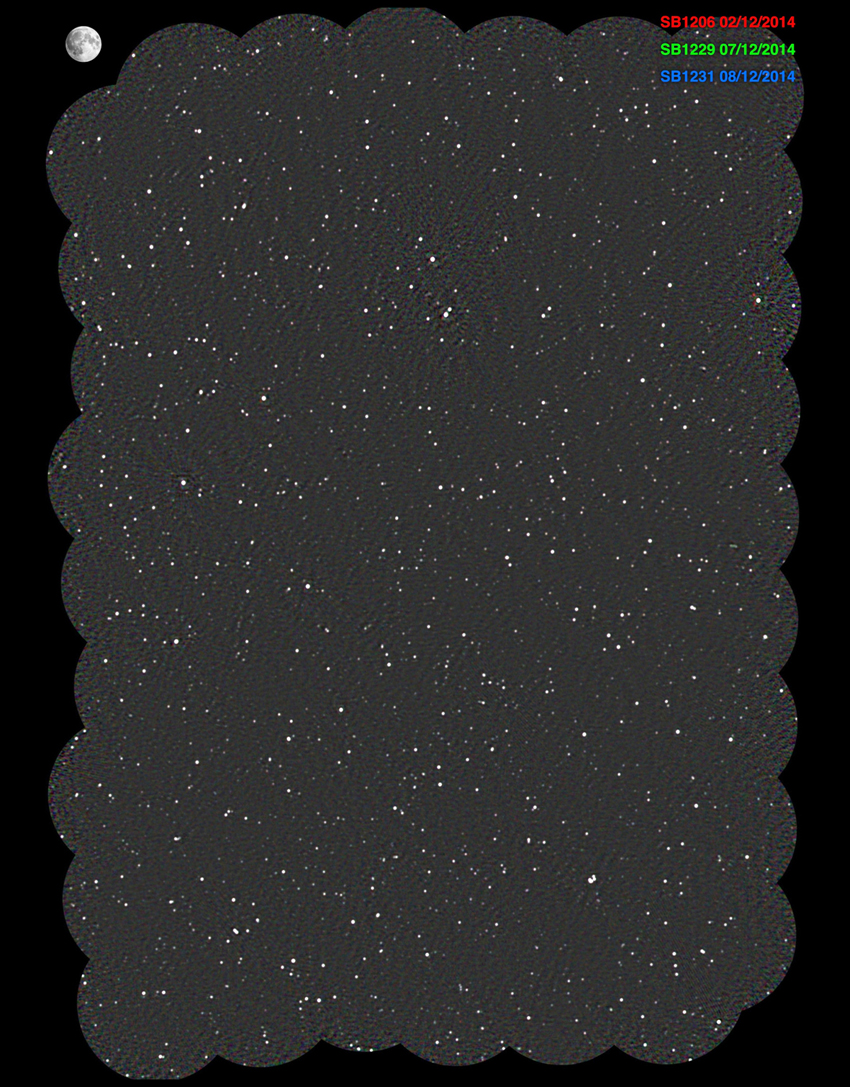
Image 3: 150 square-degree image of the Tucana constellation using BETA. The Moon is shown for scale. There are over 2000 bright sources visible in the radio image. Credit: Keith Bannister (observations), Ian Heywood (calibration and imaging), ACES/ASKAP team.
As our understanding of how to build and improve the efficiency of PAFs has increased we've already developed a better model. The Mark II PAFs are now being assembled, with the first full sized prototype being tested out on an ASKAP dish. The assembly and test process for the first batch of Mk II PAFs are now being completed at our headquarters in Sydney, and will soon be deployed on the dishes at the MRO as they are completed.
To ensure that the best science is done with this unique facility over 400 astronomers from more than 130 institutions in many countries are collaborating in ASKAP Survey Science Projects. With evocative titles such as EMU, WALLABY, DINGO, POSSUM, VAST, FLASH, CRAFT and COAST these 10 projects will each tackle challenges in astronomy and will use the bulk of the time available on ASKAP in the next few years.
You can see what ASKAP is doing now via our webcam view of Antenna 29. Antenna 29 is called Diggidumble, the Wajarri word for the nearby table-top hill. All the ASAKAP antennas have traditional Wajarri names. The Wajarri Yamtji people are the traditional owners for the site of the MRO.
CSIRO acknowledges the Wajarri Yamatji people as the traditional owners of the Murchsion Radio-astronomy Observatory site.
###
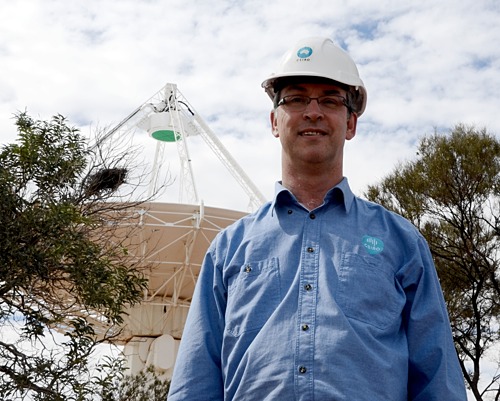 Robert Hollow is the Education and Outreach specialist with CSIRO Astronomy and Space Science and has extensive background in teaching and astronomy education. Rob writes for the [email protected] blog: http://csirouniverseblog.com/. He is a member of the IAU's Office of Astronomy for Development Task Force for Astronomy for Children and Schools and is also the Chair of the Steering Committee of the Education and Public Outreach Chapter for the Astronomical Society of Australia.
Robert Hollow is the Education and Outreach specialist with CSIRO Astronomy and Space Science and has extensive background in teaching and astronomy education. Rob writes for the [email protected] blog: http://csirouniverseblog.com/. He is a member of the IAU's Office of Astronomy for Development Task Force for Astronomy for Children and Schools and is also the Chair of the Steering Committee of the Education and Public Outreach Chapter for the Astronomical Society of Australia.












